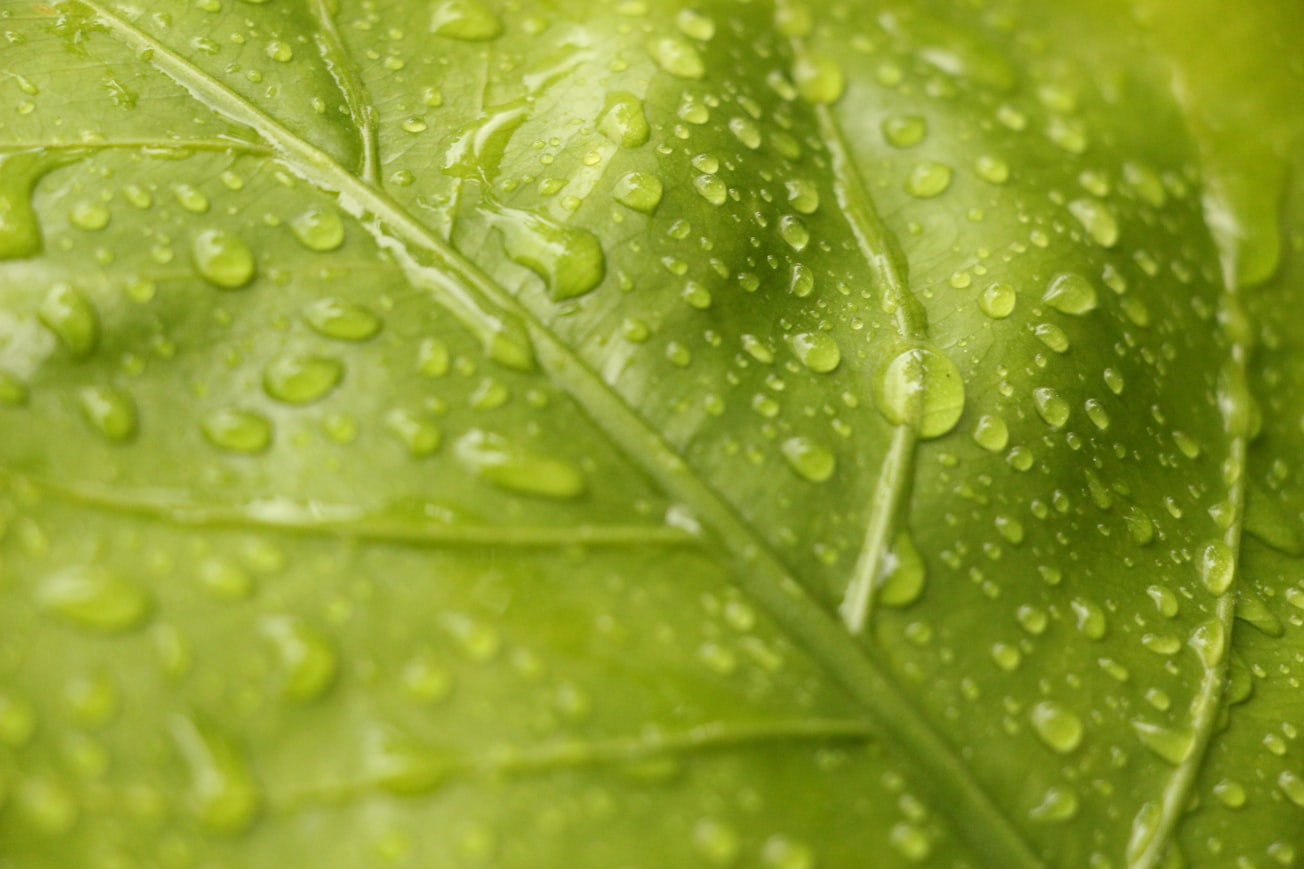What is it about?
Photosynthetic bacteria harvest light to survive. For a decade, researchers have speculated about the importance (or not) of quantum effects in this light harvesting process. Here, we show evidence that the bacteria exploit vibronic coupling, a quantum effect that mixes electronic excitations from sunlight with molecular vibrations, to manage their light harvesting efficiency. In ideal conditions, this coupling speeds the energy along toward the reaction center, while in less favorable conditions when dangerous levels of oxygen are present, the coupling is broken and energy is redirected down a different path. All of this occurs in less than a picosecond -- a millionth of a millionth of a second.
Featured Image

Photo by Vinicius Benedit on Unsplash
Why is it important?
Bacteria have been optimizing solar energy production for 2.4 billion years, and their approach is very different from our own. Of course, bacteria evolve to ensure their own growth and survival, but by understanding the microscopic design principles -- in essence new strategies to manipulate the laws of physics for their own gain, we can begin to think about using these ideas in new ways to create functional molecules, materials, and devices of our own design.
Perspectives
For a decade, scientists have wondered, speculated, and theorized on whether quantum coherence and quantum effects in general were important to photosynthetic light harvesting. On one hand, we know that evolution might optimize efficiency and robustness for survival, but on the other, we generally don't consider quantum mechanics when thinking about such biological processes. With new spectroscopies, we have seen hints of quantum effects, but there has always been the possibility that these observations simply arise from the fact that biology is built from atoms and molecules that are themselves quantum objects. This work is the first to show a function directly relevant to survival where biology actively manages the coupling behind all these observations. There is much more to do to understand all the of details and possibilities, but this work will help us to think about how biology has evolved to manage photons -- and it may lead to new strategies and technologies that we can use for our own devices.
Prof. Gregory S Engel
University of Chicago
Read the Original
This page is a summary of: Photosynthesis tunes quantum-mechanical mixing of electronic and vibrational states to steer exciton energy transfer, Proceedings of the National Academy of Sciences, March 2021, Proceedings of the National Academy of Sciences,
DOI: 10.1073/pnas.2018240118.
You can read the full text:
Resources
Contributors
The following have contributed to this page







